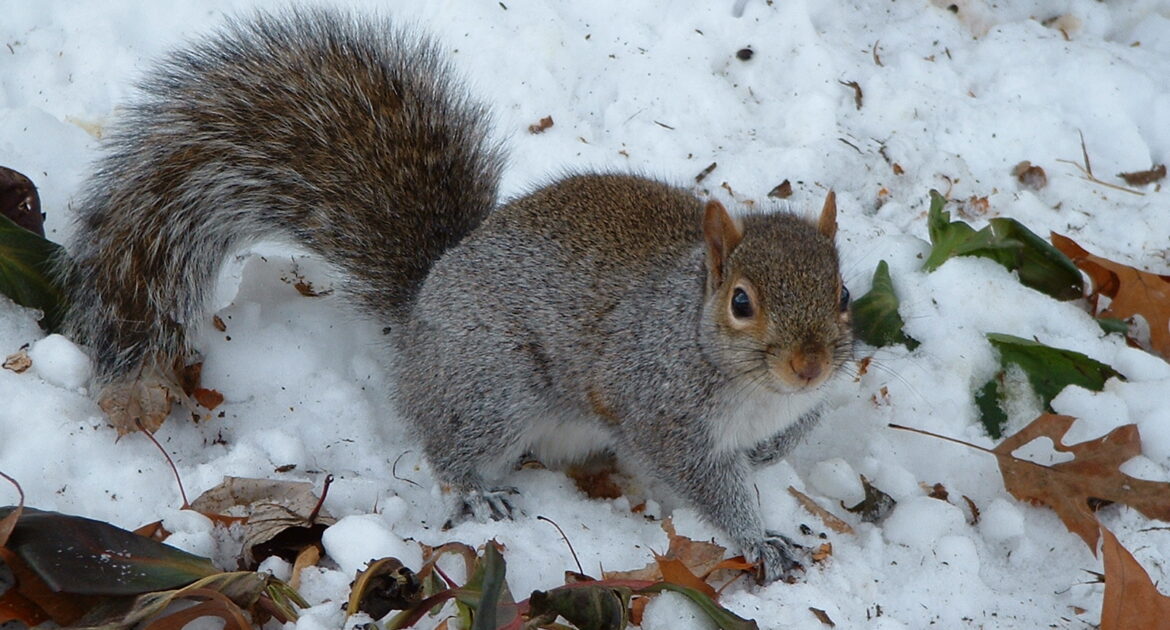Wildlife will always find a way. If food sources run low, temperatures run high, the days are short, or the nights are long, animals adapt to the environment around them and optimize their experience the best they can. Some animals respond to the changing temperatures by going into hibernation, and others enter into a state of torpor to ensure survival. Learn the differences between torpor and deep hibernation, and who to call for professional humane wildlife removal services.
What Is Torpor?
Torpor happens when wildlife lowers their bodily systems to conserve energy. Torpor can occur multiple times a day and helps animals survive extreme temperatures or simply reserve vital energy for activities like hunting or mating. Torpor can happen in all four seasons and at any time of the day. Daily torpor is often misunderstood as hibernation, but it is not. Daily torpor is a hypometabolic condition or a shortened state of energy conservation.
What Is Hibernation?
Hibernation is a deep torpor that lasts longer than 24 hours, often reaching into several months. Unlike torpor, hibernation is a state of regulated hypothermia, wherein body temperatures drop far more significantly, but wildlife can survive and conserve energy. Whereas the circadian system still controls torpor, hibernation is not.
When
During mid-fall animals naturally sense the signs of the approaching season: they see the trees dropping their leaves, their food sources become smaller, evenings become longer, and the need to seek shelter from predators becomes more urgent.
Why
Winter weather is most commonly understood as the cause of hibernation but it is not the only one. There are many other environmental factors that cause animals to go into a state of hibernation or torpor. Some animals respond to extreme heat by hibernating. In the event of a natural disaster like a fire, animals will enter a state of hibernation until food sources and temperatures have returned to more acceptable levels.
How
Several different activities are necessary for successful winter hibernation. Once animals have found a warm, safe place to stay during the cold months, they move on to the second and equally important act of business: gathering and storing food. This allows the animals to accumulate and store the body fat that will slowly metabolize all winter long.
Where
Your attic, caves, barns, sheds, hulled trees, and other seemingly warm and dry places are ideal for both hibernation and torpor. Animals that go into a state of hibernation or torpor have to think about a safe space to settle away from the prying eyes of tricky predators that may not be resting like they are. They also have to consider protection from the elements.

Which Urban Wildlife Experience Torpor or Hibernation?
Wildlife can experience intermittent daily torpor, deep torpor, or hibernation, depending on the species. Urban wildlife includes:
- Mice and other rodents
- Bats
- Raccoons
- Squirrels
- Skunks
- Birds
When Does It End?
When an animal’s fat stores run out, they begin to rouse from hibernation. Wildlife awakens from a torpid state when they can rely on their own energy again, if their food storages run low, external food supplies increase and temperatures return to a safe level. Most often, this timing coincides with the coming of spring. Hibernating animals run out of their fat stores, and torpid animals begin moving about more readily at just the same time warmer temperatures and longer days begin welcome in the early spring months.
What If Wildlife Are Nesting Inside Your Home?
If you suspect that wildlife is nesting in your home, don’t be fooled into thinking that the animals have left because you don’t notice the same signs as you did during the warmer months. Wildlife may be nestled in for the winter. Worse, they may be preparing for the birth of their babies, which can cause additional costly damages to your home.
Due to the dangers involved with wildlife, calling in professional removal services is the best approach. Professionals will assess the problem area and then safely and humanely remove any unwelcome wildlife in your home. For more information, contact Skedaddle Humane Wildlife Control today.





